| __timestamp | Curtiss-Wright Corporation | The Boeing Company |
|---|---|---|
| Wednesday, January 1, 2014 | 67842000 | 3047000000 |
| Thursday, January 1, 2015 | 60837000 | 3331000000 |
| Friday, January 1, 2016 | 58592000 | 4627000000 |
| Sunday, January 1, 2017 | 60308000 | 3179000000 |
| Monday, January 1, 2018 | 64525000 | 3269000000 |
| Tuesday, January 1, 2019 | 72520000 | 3219000000 |
| Wednesday, January 1, 2020 | 74816000 | 2476000000 |
| Friday, January 1, 2021 | 88489000 | 2249000000 |
| Saturday, January 1, 2022 | 80836000 | 2852000000 |
| Sunday, January 1, 2023 | 85764000 | 3377000000 |
| Monday, January 1, 2024 | 91647000 | 3812000000 |
Infusing magic into the data realm
In the ever-evolving aerospace industry, research and development (R&D) expenses are a crucial indicator of innovation and future growth. Over the past decade, The Boeing Company and Curtiss-Wright Corporation have demonstrated contrasting approaches to R&D investment.
Boeing, a giant in the aerospace sector, consistently allocated a significant portion of its resources to R&D, peaking in 2016 with a 43% increase from the previous year. Despite fluctuations, Boeing's R&D spending remained robust, reflecting its commitment to technological advancement.
Conversely, Curtiss-Wright, a diversified industrial company, maintained a more conservative R&D budget. However, from 2014 to 2023, Curtiss-Wright's R&D expenses grew by approximately 26%, indicating a steady, albeit modest, investment in innovation.
Interestingly, 2024 data for Curtiss-Wright is missing, leaving room for speculation on its future R&D strategy. This comparison highlights the diverse strategies within the aerospace industry, where both giants and niche players navigate the path of innovation.
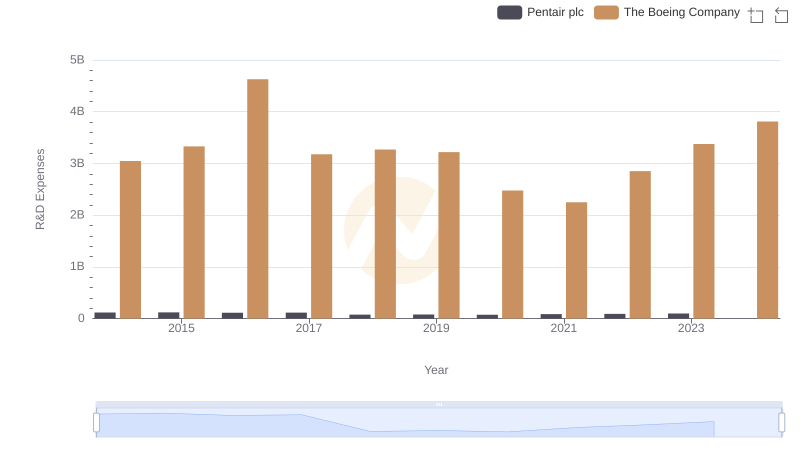
R&D Spending Showdown: The Boeing Company vs Pentair plc
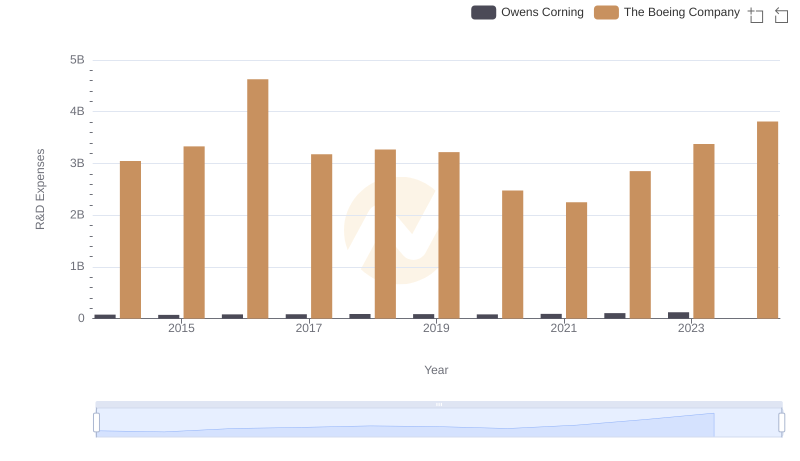
The Boeing Company vs Owens Corning: Strategic Focus on R&D Spending
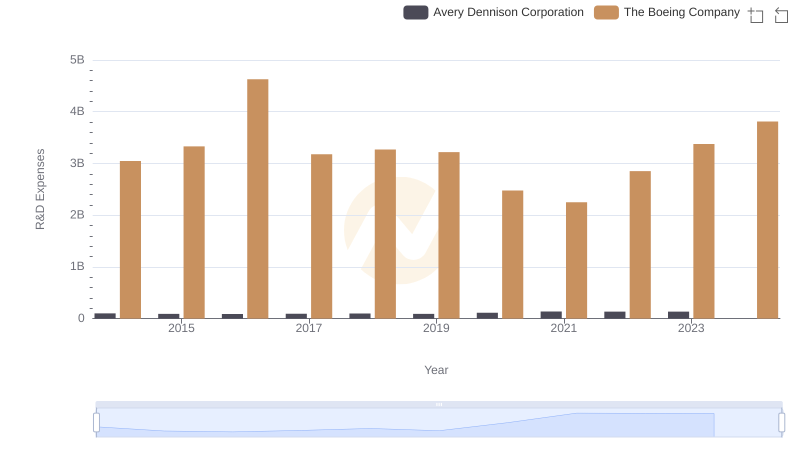
Comparing Innovation Spending: The Boeing Company and Avery Dennison Corporation
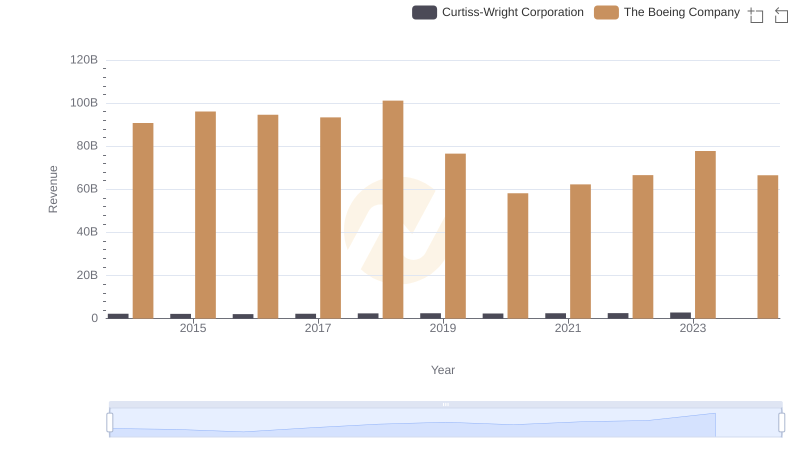
The Boeing Company and Curtiss-Wright Corporation: A Comprehensive Revenue Analysis
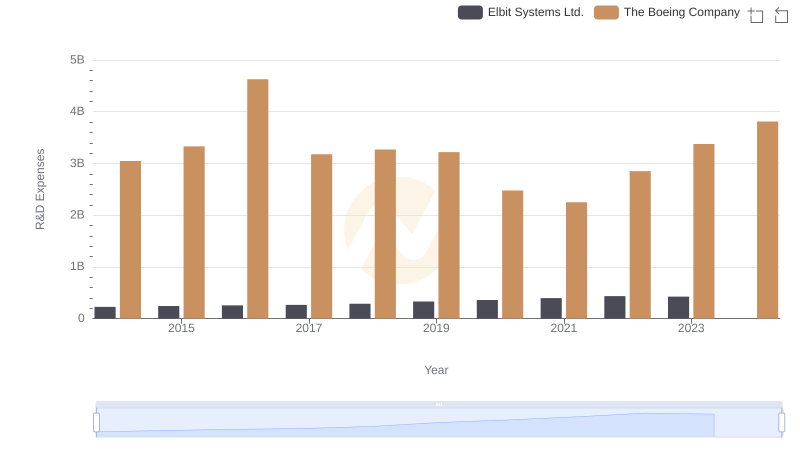
Who Prioritizes Innovation? R&D Spending Compared for The Boeing Company and Elbit Systems Ltd.
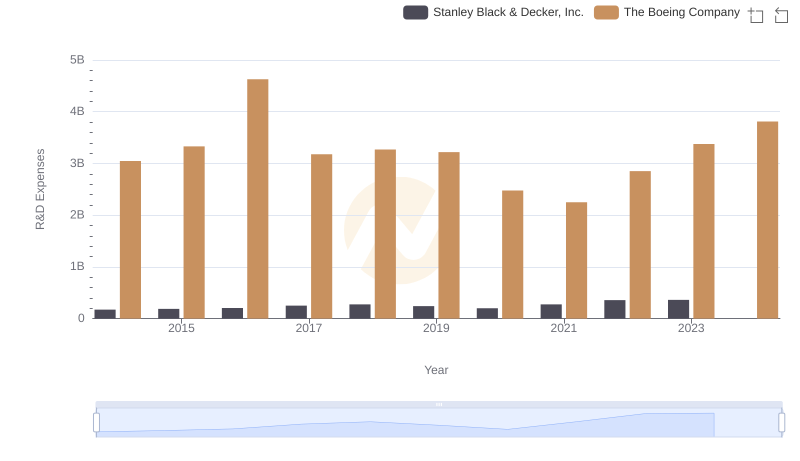
R&D Spending Showdown: The Boeing Company vs Stanley Black & Decker, Inc.

Who Optimizes SG&A Costs Better? The Boeing Company or Curtiss-Wright Corporation